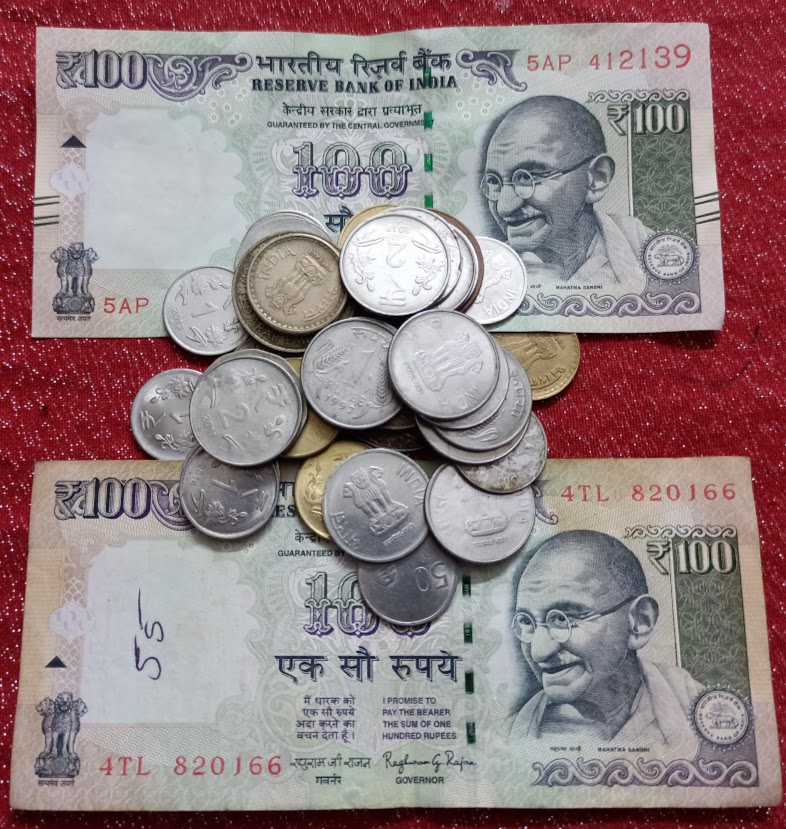NEWS
RBI working on phased introduction of digital currency
A domestic central bank digital currency could provide public with uses that private virtual currency offers and might retain public preference for rupee, says RBI deputy guv Rabi Sankar.
A domestic central bank digital currency could provide public with uses that private virtual currency offers and might retain public preference for rupee, says RBI deputy guv Rabi Sankar.

The RBI is working on phased introduction of its own digital currency and is mulling pilot projects in wholesale and retail segments in the near future, Deputy Governor T Rabi Sankar said on Thursday.
He also said several countries have implemented specific purpose Central Bank Digital Currencies (CBDCs) in the wholesale and retail segments.
A CBDC is a legal tender issued by a central bank in a digital form. It is the same as a fiat currency and is exchangeable one-to-one with the fiat currency, news agency PTI reported.
Sankar said developing a domestic CBDC could provide the public with uses that any private virtual currency (VC) offers and to that extent might retain public preference for the rupee.
"It could also protect the public from the abnormal level of volatility some of these VCs experience," he said while participating in an online discussion organised by The Vidhi Centre for Legal Policy.
Introduction of CBDC, he said, has the potential to provide significant benefits such as reduced dependency on cash, higher seigniorage due to lower transaction costs and reduced settlement risk.
"Introduction of CBDC would possibly lead to a more robust, efficient, trusted, regulated and legal tender-based payments option. There are associated risks, no doubt, but they need to be carefully evaluated against the potential benefits," he said.
The Deputy Governor said it would be the RBI's endeavour, "as we move forward in the direction of India's CBDC", to take the necessary steps which would reiterate the leadership position of the country in payment systems.
He said CBDCs are likely to be in the arsenal of every central bank going forward. Setting this up will require careful calibration and a nuanced approach in implementation.
Sankar stressed that drawing board considerations and stakeholder deliberations are important, while technological challenges have to be looked at as well, PTI reported.
"RBI is currently working towards a phased implementation strategy and examining use cases which could be implemented with little or no disruption," he said.
Some key issues under RBI's examination include, the scope of CBDCs, the underlying technology, the validation mechanism and distribution architecture.
"However, conducting pilots in wholesale and retail segments may be a possibility in near future," the Deputy Governor said.
Sankar further said legal changes would be necessary as the current provisions have been made keeping in mind currency in a physical form under the Reserve Bank of India Act.
He said consequential amendments would also be required in the Coinage Act, Foreign Exchange Management Act (FEMA) and Information Technology Act.
"As is said, every idea will have to wait for its time. Perhaps the time for CBDCs is near," he remarked.
He also highlighted some the risks associated with digital currencies, like sudden flight of money from a bank under stress, PTI reported.
"There are associated risks...but they need to be carefully evaluated against the potential benefits," he added.
The finance ministry, in 2017, had set up a high level inter-ministerial committee to examine the policy and legal framework for regulation of virtual / crypto currencies. It had recommended the introduction of CBDCs as a digital form of fiat money in India.
The RBI has also been exploring the pros and cons of introduction of CBDCs since quite some time.
CBDC, he said, is a digital or virtual currency, but it is not comparable with the private virtual currencies that have mushroomed over the past decade. In line with the RBI’s concerns around cryptocurrencies, Sankar said that private virtual currencies sit at substantial odds with the historical concept of money.
“They are not commodities or claims on commodities as they have no intrinsic value; some claims that they are akin to gold clearly seem opportunistic," he said, adding that a CBDC is the same as a currency issued by a central bank but takes a different form than paper.
A central bank digital currency is a sovereign currency in an electronic form and would appear as liability (currency in circulation) on a central bank’s balance sheet. A 2021 survey by the Bank for International Settlements (BIS) found that 86% of central banks were actively researching the potential for CBDCs, 60% were experimenting with the technology and 14% were deploying pilot projects.
Sankar explained that the reason behind this surge in interest is that many central banks are seeking to popularize a more acceptable electronic form of currency, while some jurisdictions with significant physical cash usage want to make issuance more efficient. There are other central banks that want to meet the public’s need for digital currencies, manifested in the increasing use of private virtual currencies. Another major benefit of such a digital currency over traditional digital payments, he said, is that payments using CBDCs are final and thus reduce settlement risk in the financial system.
“India’s high currency to gross domestic product ratio holds out another benefit of CBDCs. To the extent large cash usage can be replaced by CBDCs, the cost of printing, transporting, storing and distributing currency can be reduced," he said.
CBDCs can also cause a reduction in transaction demand for bank deposits. Since transactions in CBDCs reduce settlement risks, they reduce the liquidity needs for settlement of transactions, and by providing a genuinely risk-free alternative to bank deposits, they could cause a shift away from deposits, which in turn might reduce the need for government guarantees on deposits. However, if banks begin to lose deposits over time, their ability for credit creation gets constrained, he said.
